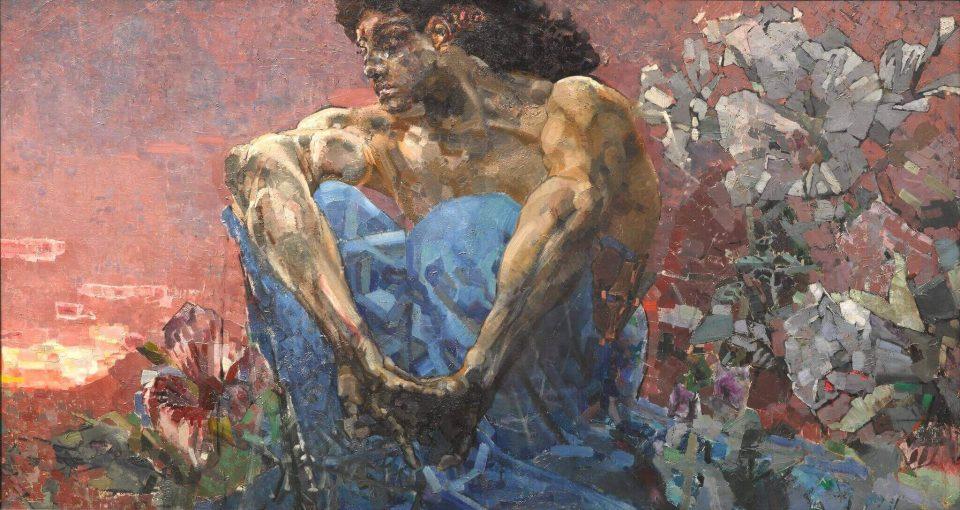
Vrubel's "Demon": why is it a masterpiece
Contents:
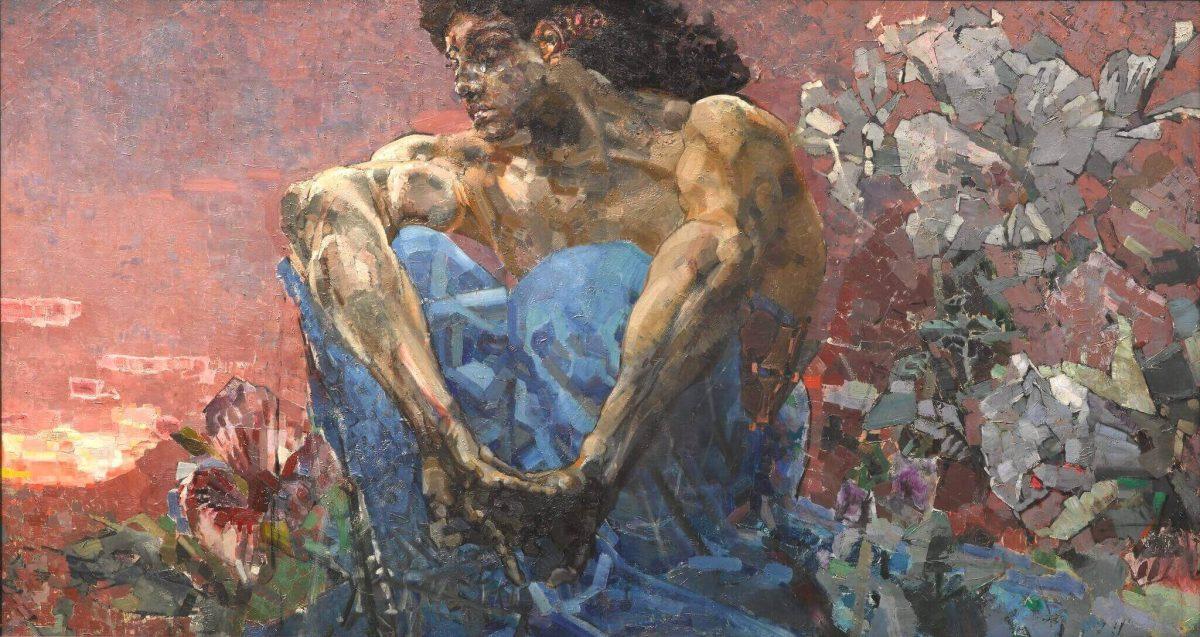
In 2007, I went to the Vrubel Hall for the first time. The light is muted. Dark walls. You approach the "Demon" and ... you fall into the other world. A world in which powerful and sad creatures live. A world where purple-red skies turn giant flowers to stone. And the space is like a kaleidoscope, and the sound of glass is imagined.
A unique, colorful, attractive Demon sits in front of you.
Even if you do not understand painting, you will feel the colossal energy of the canvas.
How did Mikhail Vrubel (1856-1910) manage to create this masterpiece? It's all about the Russian renaissance, crystal growing, big eyes, and more.
Russian Renaissance
There was no way the “Demon” could have been born earlier. For his appearance, a special atmosphere was needed. Russian Renaissance.
Let us recall how it was with the Italians at the turn of the XNUMXth and XNUMXth centuries.
Florence flourished. Merchants and bankers craved not only money, but also spiritual pleasures. The best poets, painters and sculptors were generously rewarded, if only they created.
For the first time in many centuries secular people, not the church, became the customers. And a person from high society does not want to see a flat, stereotyped face and a tightly closed body. He wants beauty.
Therefore, the Madonnas became human and beautiful, with bare shoulders and chiseled noses.
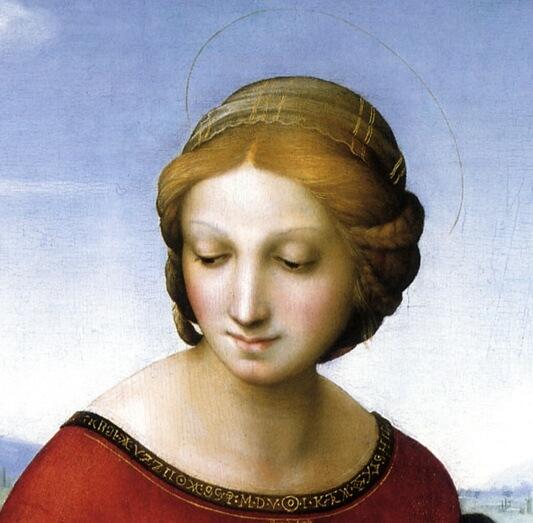
Russian artists experienced something similar in the middle of the XNUMXth century. Part of the intelligentsia began to doubt the divine nature of Christ.
Someone spoke cautiously, depicting the Savior as humanized. So, Kramskoy has a son of God without a halo, with a haggard face.
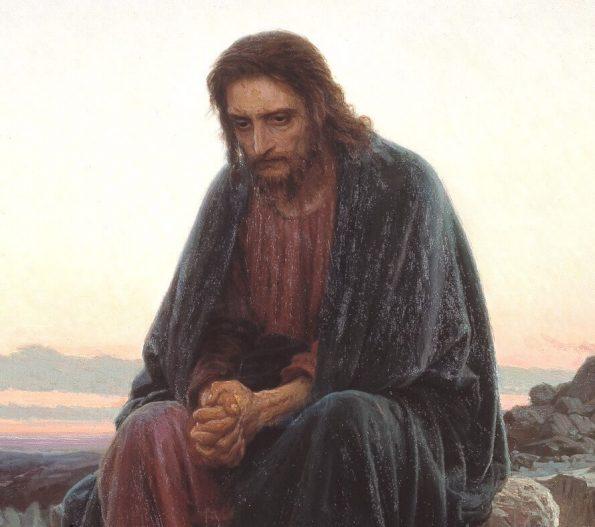
Someone was looking for a way out through turning to fairy tales and pagan images, like Vasnetsov.
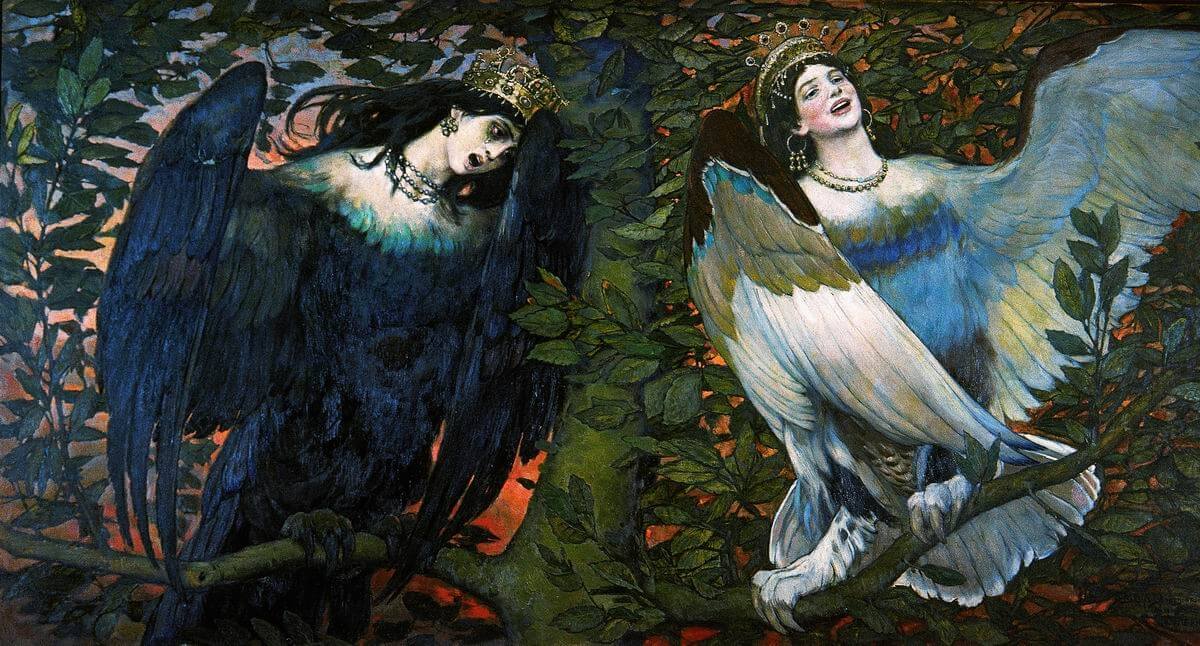
Vrubel followed the same path. He took a mythical creature, the Demon, and gave it human features. Note that there is no devilry in the form of horns and hooves in the picture.
Only the name of the canvas explains who is in front of us. We see beauty first. Athletic body against the backdrop of a fantastic landscape. Why don't you renaissance?
Demon feminine
Demon Vrubel is special. And it's not just the absence of red evil eyes and tail.
Before us is a Nephilim, a fallen angel. He is of enormous growth, so he does not even fit into the frame of the picture.
His clasped fingers and slumped shoulders speak of complex emotions. He was tired of doing evil. He does not notice the beauty around him, since nothing pleases him.
He is strong, but this strength has nowhere to go. The position of a powerful body, which froze under the yoke of spiritual confusion, is very unusual.
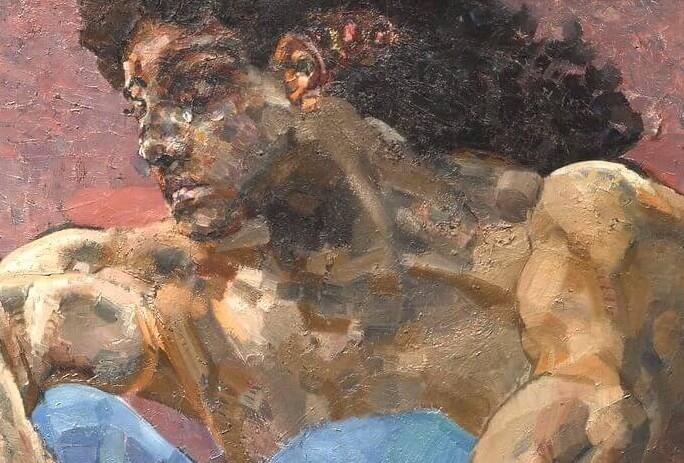
Please note: Vrubel's Demon has an unusual face. Huge eyes, long hair, full lips. Despite the muscular body, something feminine slips through it.
Vrubel himself said that he deliberately creates an androgynous image. After all, both male and female spirits can be dark. So his image should combine the features of both sexes.
Demon Kaleidoscope
Vrubel's contemporaries doubted that "Demon" refers to painting. So his work was unusually written.
The artist worked partly with a palette knife (a metal spatula to remove excess paint), applying the image fractionally. The surface is like a kaleidoscope or crystal.
This technique matured with the master for a long time. His sister Anna recalled that Vrubel was interested in growing crystals at the gymnasium.
And in his youth, he studied with the artist Pavel Chistyakov. He taught to divide space into edges, looking for volume. Vrubel enthusiastically adopted this method, as it went well with his ideas.
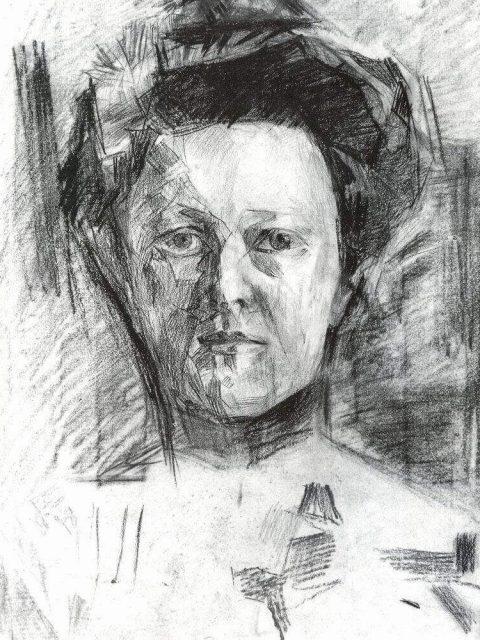
Fantastic color "Demon"
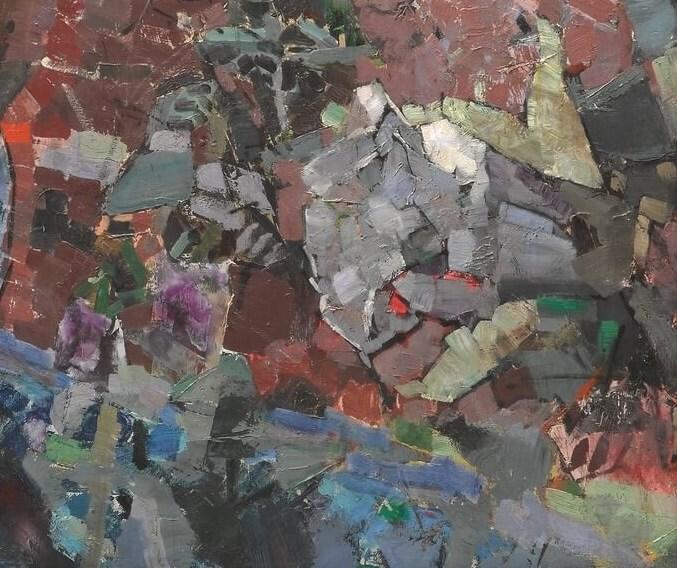
Vrubel was an uncanny colorist. He could do a lot. For example, using only white and black to create a sense of color due to the subtlest shades of gray.
And when you remember the "Date of Tamara and the Demon", then it is drawn in your imagination in color.
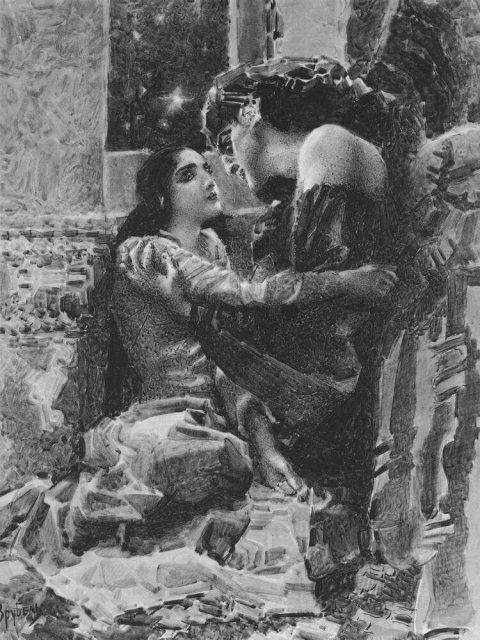
Therefore, it is not surprising that such a master creates an unusual color, somewhat similar to Vasnetsovsky. Remember the unusual sky in The Three Princesses?
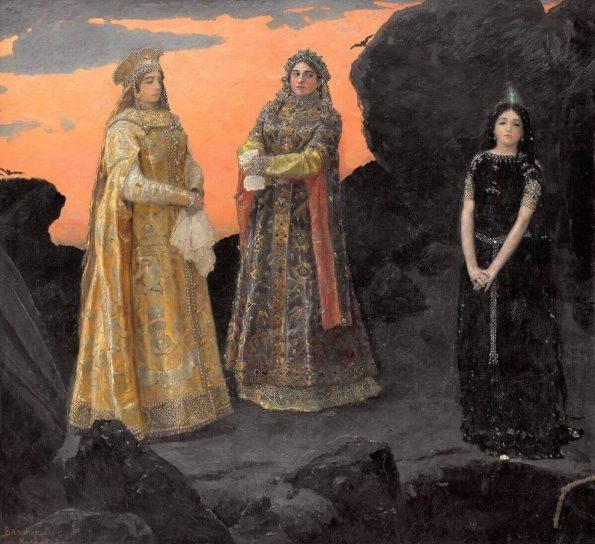
Although Vrubel has a tricolor: blue - yellow - red, the shades are unusual. Therefore, it is not surprising that at the end of the XNUMXth century such painting was not understood. "Demon" Vrubel was called rude, clumsy.
But at the beginning of the XNUMXth century, in the era of modernity, Vrubel was already idolized. Such originality of colors and shapes was only welcomed. And the artist became very close to the public. Now he was compared with such "eccentrics" as Matisse и Picasso.

"Demon" as an obsession
10 years after the "Seated Demon", Vrubel created the "Defeated Demon". And it so happened that at the end of this work, the artist ended up in a psychiatric clinic.
Therefore, it is believed that the "Demon" defeated Vrubel, drove him crazy.
I don't think so.
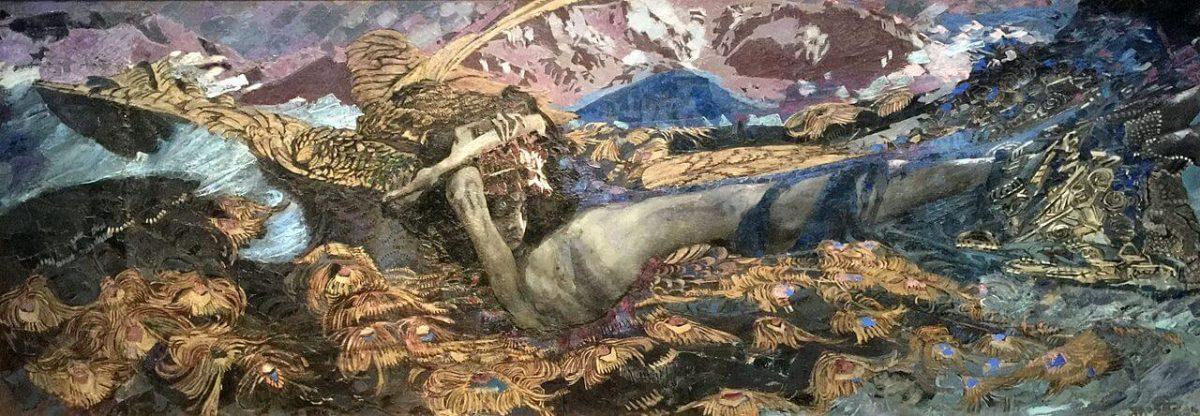
He was interested in this image, and he worked on it. It is common for an artist to return to the same image several times.
So, Munch returned to the "Scream" after 17 years.
Claude Monet painted dozens of versions of the Rouen Cathedral, and Rembrandt painted dozens of self-portraits throughout his life.
The same image helps the artist to put picturesque notches on the timeline. After a few years, it is important for the master to evaluate what has changed as a result of the accumulated experience.
If we discard everything mystical, then the "Demon" is not to blame for Vrubel's illness. Everything is much more prosaic.
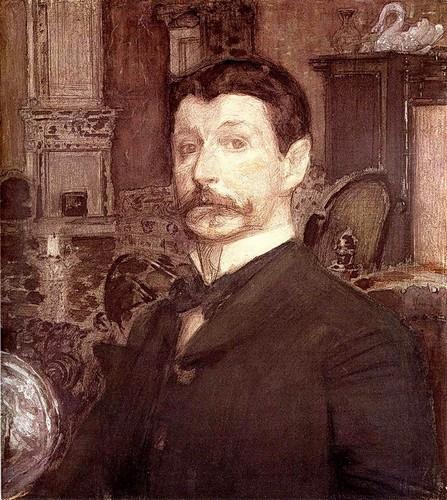
In the early 90s of the XIX century, he contracted syphilis. Then there were no antibiotics, and the causative agent of the disease - pale treponema - did its job.
In 10-15 years after infection, the central nervous system is affected in patients. Irritability, memory loss, and then delirium and hallucinations. The optic nerves also atrophy. All this ultimately happened to Vrubel.
He died in 1910. It was still 18 years before the invention of penicillin.
***
Comments other readers see below. They are often a good addition to an article. You can also share your opinion about the painting and the artist, as well as ask the author a question.
English version of the article
Leave a Reply